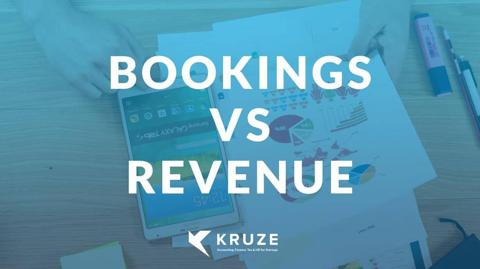
What is the difference between double-entry bookkeeping, and single-entry bookkeeping, and which is right for a funded startup or high-growth eCommerce company?
What is single-entry bookkeeping?
First, let’s go over single-entry accounting. Single-entry is basically cash accounting. All it does is look at the inflow or outflow of cash from something, like your bank account. So you know, when you boot up your bank account online, you’re looking at the cash going out, you paid some bills, and the cash coming in, you collected some revenue. That is single-entry bookkeeping. It’s very simple. In fact, it’s too simple for venture-backed startups, or eCommerce companies that are bootstrapping, but trying to get really big. You do not want to do single-entry accounting if you’re running a business of any size. It’s just not a great way to go. It’s for solo-consultants who are only trying to track their cash flows, really.
It’s helpful to explain why through an example. So, say you hire a web designer to make a really amazing new homepage for your company in February. They do all the work in February. They invoice you in March. And you pay them in April. So, the work was actually done in February. You would typically, in a different accounting system, in double entry, book that expense in February. But, through a single-entry approach, you’re only going to see that one time, and you’re going to see the cash flowing out in April. It totally misstates the actual expenses that you’re incurring. And, it makes it really hard to run your company, because you’re only recognizing expenses when they happen, and you’re only collecting revenue when they happen. This makes it really difficult for investors or even you to do any kind of analysis and know what’s happening in your company.
A simple single-entry bookkeeping example
While we certainly don’t recommend single-entry for the types of companies that we work with (continue reading to learn why), you can do single-entry in a spreadsheet like this:
| Date | Transaction | Amount | Bank Account Balance |
|---|---|---|---|
| 4/1/2020 | Starting Bank Account Balance | $0.00 | $15,098.00 |
| 4/2/2020 | Rent Bill | -$1,500.00 | $13,598.00 |
| 4/5/2020 | Customer Payment | $12,000.00 | $25,598.00 |
| 4/10/2020 | ABC Software Payment | -$575.00 | $25,023.00 |
| 4/11/2020 | Amazon Order | -$255.03 | $24,767.97 |
| 4/15/2020 | Tax Payment | -$22,293.00 | $2,474.97 |
Thankfully most accounting systems default (or force!) you to use double-entry accounting. Single entry is usually done in a spreadsheet, or in a cash book, or just by looking at your business checking account. Note that we don’t recommend using a spreadsheet!
What is double-entry accounting?
Now, let’s contrast that with double-entry accounting. Double-entry is just a simple method where an entry is made into one account, and a corresponding entry is made into another account. And this is the foundation of GAAP and accrual accounting. This is what the whole profession is built on. And this is how you should want to run your company, because it more accurately shows revenue and expenses in the periods that they’re incurred. So, it is definitely the way to go.
A really simple example would be revenue. You are collecting revenue, so your revenue goes up, and your cash goes up. You book that transaction in two places. That is a super simple example of double-entry accounting. So that’s the revenue example.
Let’s look at a more complicated example. Imagine you invoice a client. You are going to credit revenue when you complete and bill that client. And you are going to debit accounts receivable, which shows you that you are owed money for the work you just did. Both went up.
Another example: You do something on the liability side. You take a venture debt deal. You are going to debit cash, because it’s going to go up. And then you’re going to credit the loan account on your balance sheet. That is double-entry accounting. The same thing if you raise money. You’re going to debit cash, and you’re going to credit preferred stock which is your equity account.
This is double-entry. And it reflects your financials more accurately.
Which is better, double-entry or single-entry bookkeeping?
Kruze works with venture-backed startups. These are companies that are hoping to grow into large, successful technology, ecommerce and biotech businesses. They all eventually hope to execute and IPO or be acquired by large, publicly traded companies for hundreds of millions of dollars (or more!).
GAAP - The Right Accounting Method
Large public companies follow GAAP - Generally Accepted Accounting Principles. GAAP is based on the double-entry system. So if your startup is aiming to go big, and be worth billions, you need to set up your accounting system correctly from day one. You’ll need to follow an accrual based accounting method and be ready for an eventual audit when you get bigger.
That’s where a team like Kruze can help - we do this everyday, and our clients regularly complete complex transitions where they are subject to rigorous financial due diligence, like big VC deals or acquisitions. So you need double-entry over single-entry every time if that’s your goal. Learn about Kruze’s bookkeeping services for startups.















